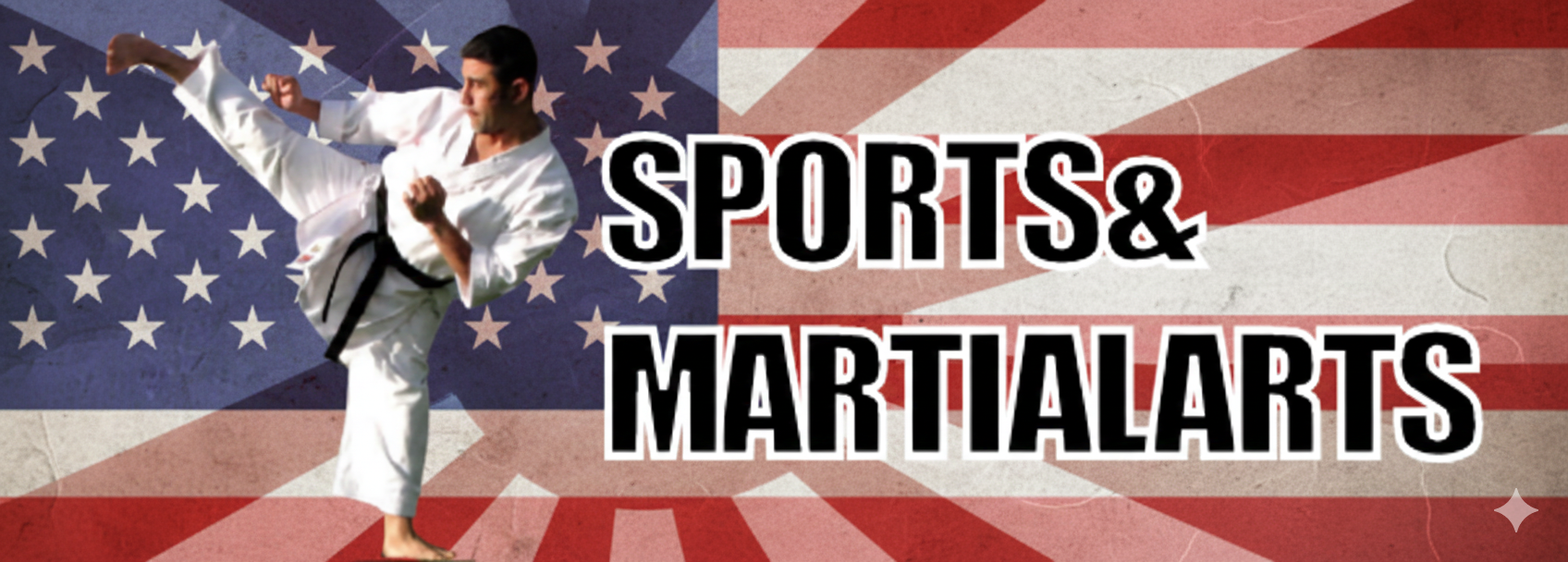Contents
Shinai: The Traditional Weapon for Kendo Training
The Shinai is a fundamental tool in Kendo, the Japanese martial art of fencing. It serves as a practice sword used by practitioners to safely engage in combat and improve their technique. Understanding the Shinai is crucial for anyone training in Kendo, as it plays a vital role in the development of precision, control, and timing.
Origins of the Shinai
The Shinai has a rich history that dates back to the early 18th century. Originally, Japanese samurai used bamboo swords in battle and training to prevent serious injury. The modern Shinai evolved from this ancient tradition, with its main purpose being to allow martial artists to practice full-speed techniques without the risk of injury. Over the years, its design has been fine-tuned for optimal balance and control, making it the essential weapon for Kendo training today.

Description of the Shinai
A Shinai is made of four strips of bamboo that are bound together to form a flexible yet durable structure. The blade of the Shinai is hollowed out to reduce weight, while still maintaining strength. This unique construction allows for the impact of strikes to be absorbed in a safe manner, which is essential for maintaining the health and safety of the practitioner.
The handle, or Tsuka, is typically wrapped in leather or synthetic material to provide a secure and comfortable grip. The guard (Tsuba) is usually a small, circular piece at the end of the handle, serving to protect the hands during combat.
Length and Weight of the Shinai
The length of the Shinai varies depending on the height of the practitioner, but the standard length for an adult is typically around 120 cm (47 inches). For beginners or children, shorter versions may be used, ranging from 100 cm (39 inches) to 110 cm (43 inches).
In terms of weight, a Shinai typically weighs between 400 and 500 grams (14 to 18 ounces). This makes it light enough for rapid movements and precision strikes, but heavy enough to deliver a realistic feeling of combat. The balanced weight of the Shinai allows for effective training without overwhelming the practitioner.
Materials Used to Make the Shinai
Bamboo is the primary material used in the construction of the Shinai. Its flexibility and strength make it an ideal choice for a practice weapon. Bamboo also has the ability to absorb the impact of strikes, reducing the risk of injury during sparring. The type of bamboo used can vary depending on the manufacturer, but high-quality Japanese bamboo is preferred for its durability and resilience.
The handle is usually wrapped in a synthetic or leather material, with the option to personalize it based on preference. The guard (Tsuba) is often made from steel or plastic, offering protection while maintaining a lightweight feel.
Training Exercises and Sequences with the Shinai
Kendo training involves a variety of exercises and sequences aimed at developing both technique and discipline. Here are some common Shinai training drills:
- Suburi (Basic Strikes): Suburi are essential for building fundamental skills with the Shinai. These are solo exercises where practitioners perform basic strikes such as:
- Men (head strike)
- Kote (wrist strike)
- Do (body strike)
- Tsuki (thrust to the throat) Repeated practice of these movements helps to develop proper body alignment, timing, and focus.
- Kakarigeiko (Attacking Practice): In this drill, one practitioner repeatedly attacks another at full intensity while the defender works on countering or blocking each strike. This dynamic interaction helps to develop reaction time and the ability to respond to various attack styles.
- Randori (Free Sparring): Randori is free-style sparring where two or more practitioners engage in a series of exchanges using Shinai. This practice promotes the application of techniques in a real combat scenario, improving overall combat effectiveness, timing, and decision-making skills.
- Keiko (Practice Fights): Keiko is a more controlled sparring session that focuses on refining skills. It is performed between two practitioners and emphasizes strategic movement, timing, and accuracy. Practitioners typically wear protective gear, including the Bogu (armor), for safety.
Benefits of Using the Shinai in Kendo
Training with the Shinai offers several benefits:
- Safety: The flexibility and padded design of the Shinai make it a safe alternative to traditional swords during practice.
- Discipline: The rigorous training with the Shinai teaches mental focus, patience, and respect for the tradition of Kendo.
- Physical Fitness: Regular practice with the Shinai strengthens the upper body, especially the arms, shoulders, and core, while improving overall stamina and endurance.
- Improved Coordination: Through repetitive strikes and defense maneuvers, practitioners develop enhanced hand-eye coordination and reflexes.
Conclusion
The Shinai is a critical element in the practice of Kendo, offering a unique balance of history, tradition, and practical application. Understanding its origins, construction, and how to use it in training can greatly enhance a practitioner’s experience and skill development. Whether engaging in basic strikes, sparring, or advanced techniques, the Shinai remains a crucial tool for Kendo practitioners worldwide, enabling them to grow both as martial artists and as individuals committed to the principles of discipline, respect, and continuous improvement.
By understanding its importance and proper use, practitioners can harness the full potential of their Shinai to further their mastery of Kendo.
Main Index
- Karate
- Kenpo Karate
- Taekwondo
- Stretching
- Exercise Encyclopedia
- Health and Fitness
- Tournaments and Events
- Yoga
Follow our Social Media!











